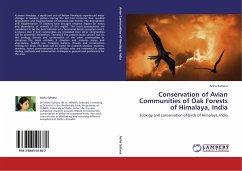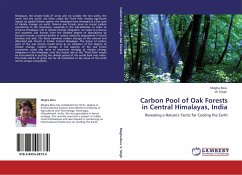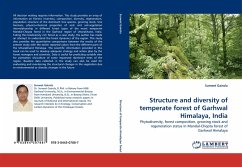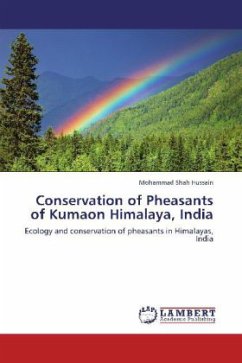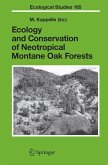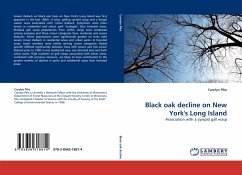Kumaon Himalaya, a significant unit of Indian Himalayas experienced major changes in landuse pattern during the last two centuries that resulted degradation and fragmentation of extensive oak forests. The degradation and fragmentation of habitats have brought negative impact on status and abundance of animals of this region. The avian communities are considered to be the best indicator of a functional forest ecosystem and it is known that if bird communities are protected then other communities will be protected themselves. Therefore the present study carried out on the ecology, threats and conservation of the avian communities in Himalaya. The book contains 8 chapters and includes status and abundance, habitat use, foraging pattern, threats and conservation strategy for birds. The book will be useful for research scholars, students, teachers, forest conservationist and officials who are interested in avian studies, methods and conservation strategies in general and particularly for the area.

